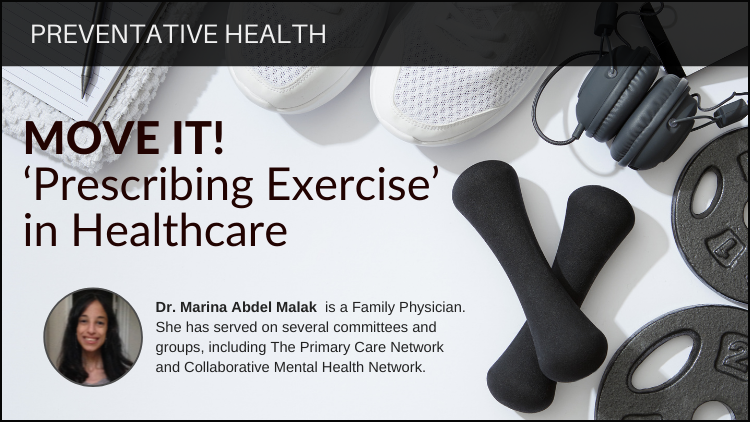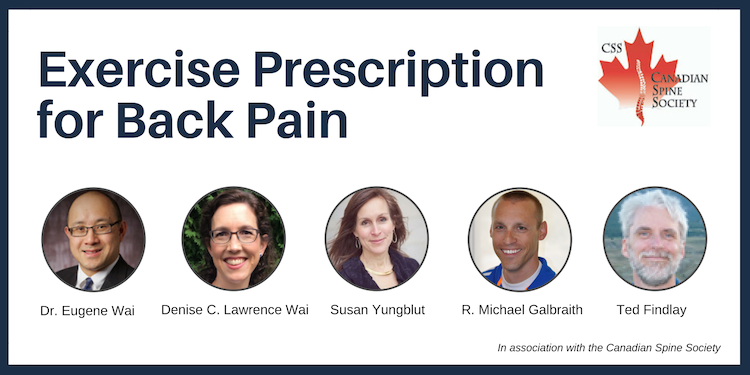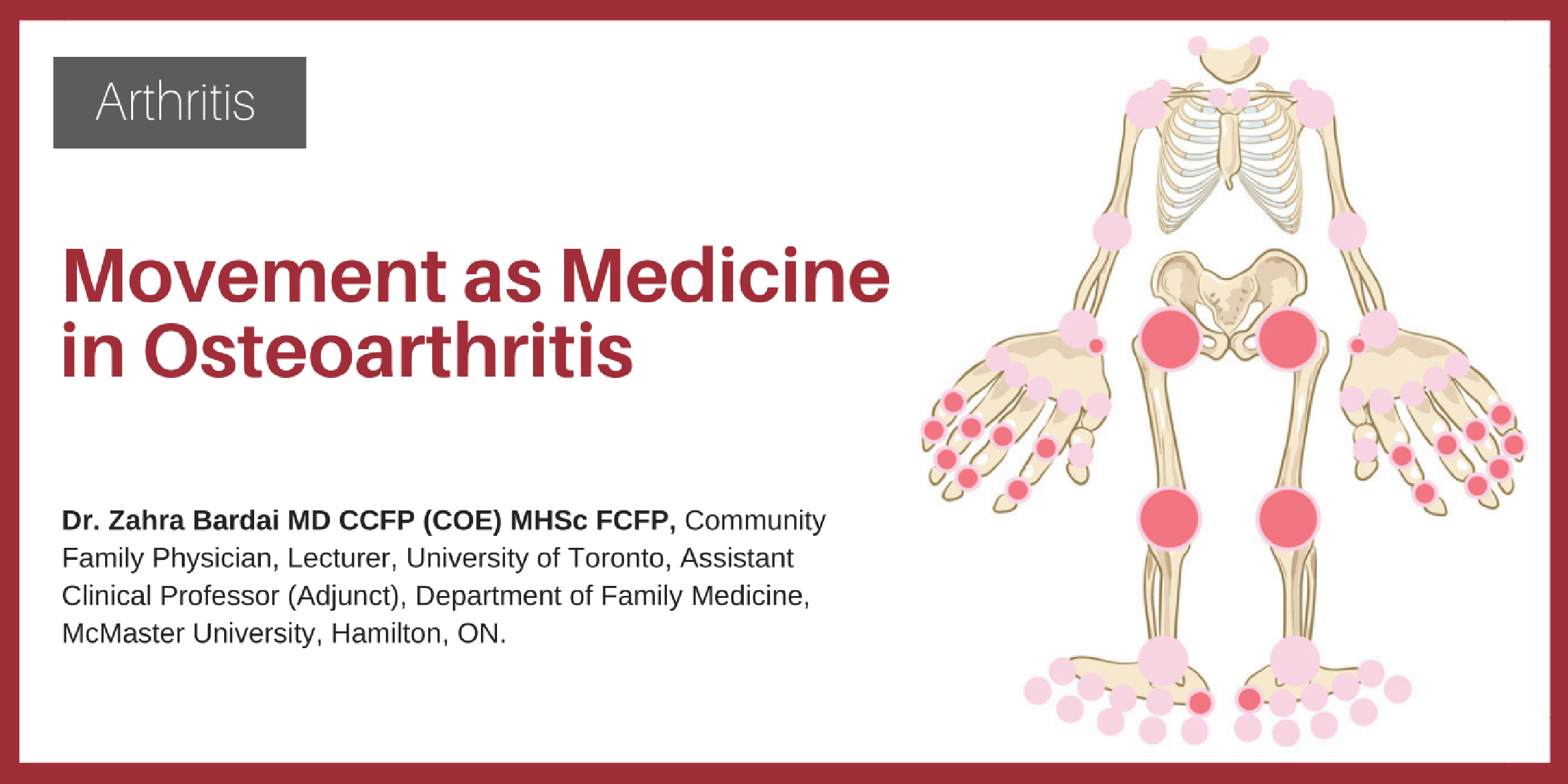Muhammad Firdaus, MD, FACP, Section of Endocrinology, Department of Medicine, University of Oklahoma Health Sciences Center; Veterans Affairs Medical Center, Oklahoma City, OK, USA.
Timothy J Lyons, MD, FRCP, Section of Endocrinology, Department of Medicine, University of Oklahoma Health Sciences Center, Oklahoma City, OK, USA.
The metabolic syndrome, though controversial due to lack of a uniform pathophysiological mechanism, is a useful clinical tool for identifying persons at risk for diabetes and cardiovascular disease. It indicates the cumulative cardiometabolic risk exerted by abdominal obesity, hyperglycemia, high triglyceride, low high density lipoprotein cholesterol (HDL-C), and high blood pressure. Lifestyle factors, high calorie intake, and less physical activity have been implicated in the causation of the metabolic syndrome, and thus older adults are at particular risk for the development of this syndrome. Current evidence indicates that the components of the metabolic syndrome can be targeted with lifestyle interventions to prevent the complications of diabetes and cardiovascular disease. This paper reviews various diagnostic criteria, etiological factors, and lifestyle interventions to combat the metabolic syndrome in order to prevent diabetes and cardiovascular disease in older adults.
Key words: metabolic syndrome, prevention, lifestyle modification, diet, physical activity.



